
Mauritius 2R50 Issues
Updated - December, 2010
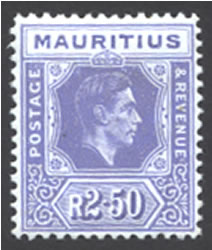
The first King George VI set from Mauritius was printed by De La Rue using keyplates. The stamps were printed in sheets of 120 stamps with 60 on each side of a 10mm gutter that separated the panes.
This article is based primarily on these sources: "The Printings of King George VI Colonial Stamps" by W.J.W. Potter & Lt. Col. R.C.M. Shelton which was published by Stamp Collecting, Ltd. in 1952; and from three the GEOSIX Newsletters Number 81 thru 83 published by the King George VI Collectors Society in 1974, and authored by F.R. Saunders.
The color descriptions come from Potter & Shelton, and the printing and some of the identification details come from the GEOSIX Newsletters. The dates shown are P&S (Potter & Shelton) issue dates from their publication, and CA (Crown Agents) date which is when the stamps were printed.
The catalog numbers are from the 2008 versions of the Commonwealth Catalogue, published by Murray Payne, Ltd.; and the Stanley Gibbons Stamp Catalogue published by Stanley Gibbons Ltd.
The stamps shown were collected over a period of 25 years and were part of a group of 30 stamps that were identified in comparison to each other using the reference articles to make the determination.
In the King George VI era, only Leeward Islands and Mauritius produced stamps using the keyplates that were commonly used during the reign of King George V. Three different Head Plate Dies were used to produce the stamps. The dies can help us determine the relative date of production based on the time period they were used.
If you are trying to sort the stamps of the Mauritius keyplates, you will need to understand how to identify the various Head Plate Die states. This information is detailed for the Mauritius Small Keyplate Die Plates feel free to visit this site for more information.
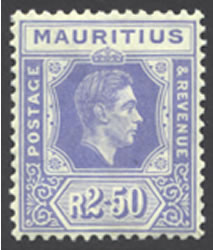
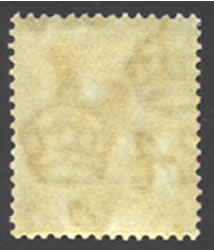

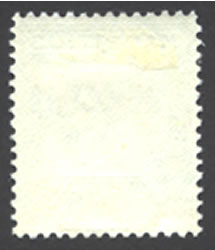
-
CW 10 / SG 261 2R50 Pale Dull Violet
Die 1
Chalk Paper
P&S - 1938 Printing
CA - Printed 12/7/1937
29,760 Stamps Printed
-
CW 10a / SG 261a 2R50 Lavender
Die 2
Substitute Paper
P&S - 4/1943 Printing
CA - Printed 11/27/1942
12,000 Stamps Printed
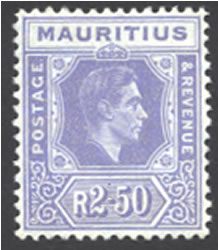
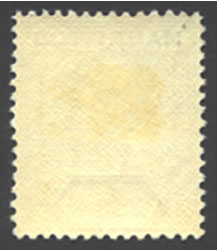
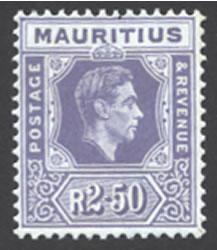
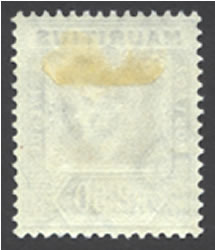
-
CW 12a / SG 261a 2R50 Dull Lavender
Die 2
Substitute Paper
P&S - 12/1944 Printing
CA - Printed 10/13/1944
12,600 Stamps Printed
-
CW 10b / SG 261 2R50 Brighter Violet
Die 3
Chalk Paper
P&S - 5/1947 Printing
CA - Printed 3/27/1947
21,000 Stamps Printed
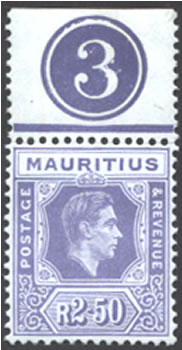
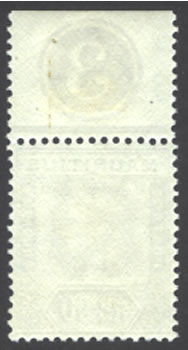
-
CW 10c / SG 261b 2R50 Dull Violet - Fluorescent Aniline
Die 3
Chalk Paper
P&S - 4/1948 Printing
CA - Printed 1/30/1948
15,480 Stamps Printed
To identify your stamps, sort by chalk paper. This will find the 1st and last two printing which are Dies 1 and 3. The rest are Die 2 on substitute paper. The two Die 2 and two Die 3 printings can be sorted from each other by finding the brighter and duller shades from each of the two options.
This article was written to help you identify your stamps. Please feel free to ask a question, or include a correction.